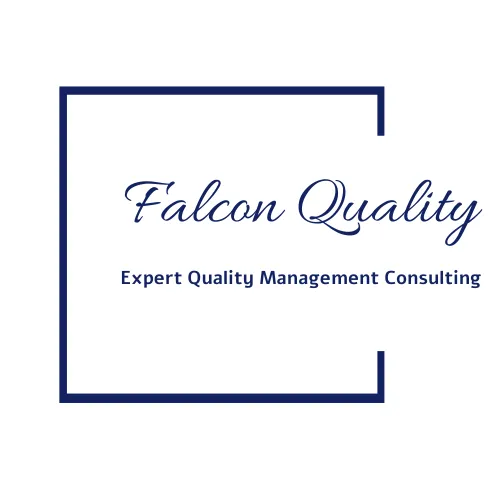
ISO9001 GAP Analysis Question 45 Ensuring Externally Provided Processes and Products Meet Requirements
To assess compliance with ISO 9001 clause 8.4, it’s critical to verify that the organization has systems in place to ensure that externally provided processes, products, and services meet specified requirements. This involves examining the organization’s documented criteria and methods for maintaining control over the quality of externally sourced inputs. Evidence of compliance includes a clear framework for evaluating and selecting suppliers based on their ability to meet the organization’s quality standards, and this framework should be documented in policies, procedures, or contractual agreements.
Verification of compliance also involves checking whether the organization applies appropriate controls to externally provided inputs, especially those that directly impact the quality of its own products and services. Records should reflect that the organization has defined the type and extent of control required for each external provider, considering the potential impact on product conformity and regulatory requirements. This control can range from routine inspections to audits and performance reviews. Evidence of these controls demonstrates that the organization is proactive in mitigating risks related to external suppliers and maintains consistent quality standards across all externally provided processes, products, or services.
Finally, compliance can be confirmed by reviewing the organization's communication processes with external providers to ensure that requirements are clearly and adequately conveyed. Records or documented communications, such as specifications, contracts, or performance criteria shared with suppliers, should show that all requirements are defined and understood by the external provider. This communication should include criteria for approval, qualifications of personnel involved, performance expectations, and any monitoring or verification processes the organization or its customers may conduct. Having this documentation readily available indicates that the organization is effectively managing the conformity of external inputs within its quality management system.